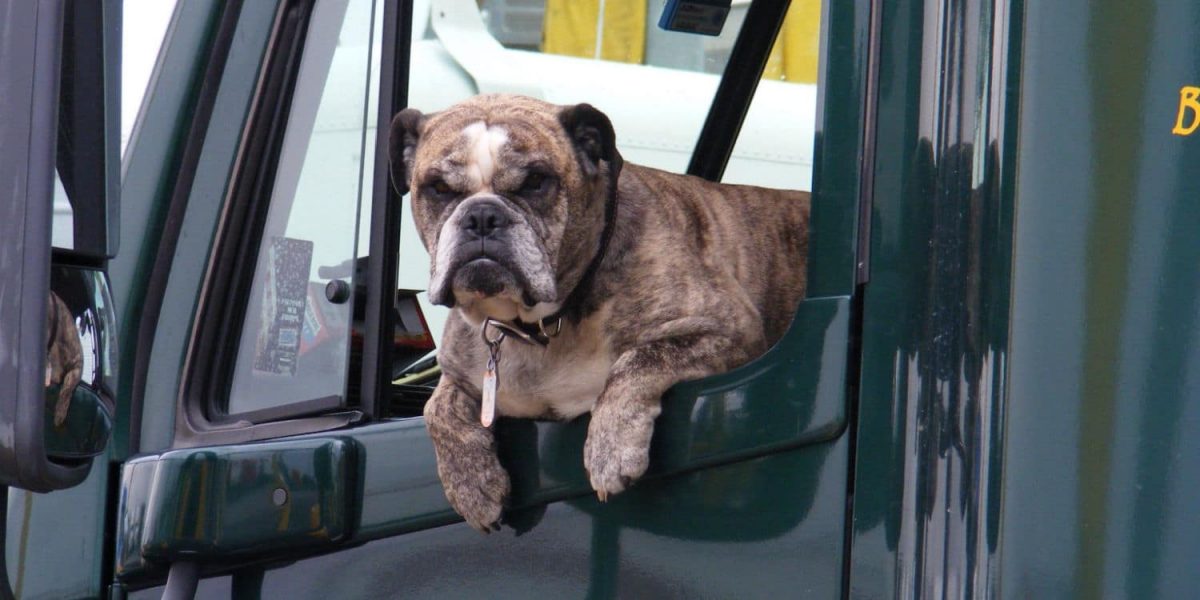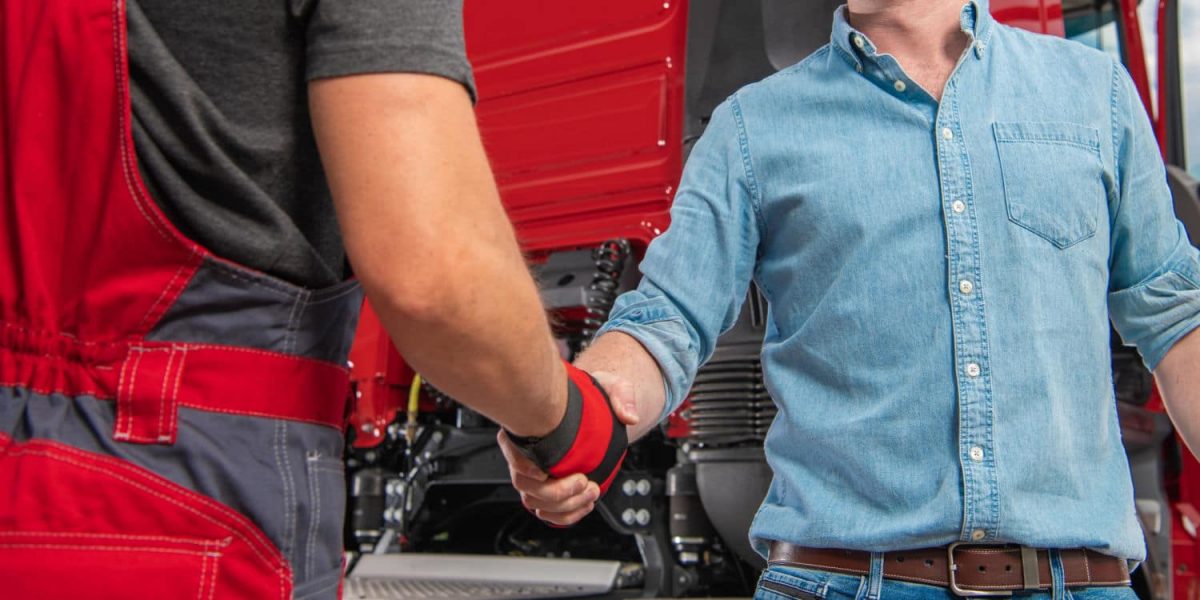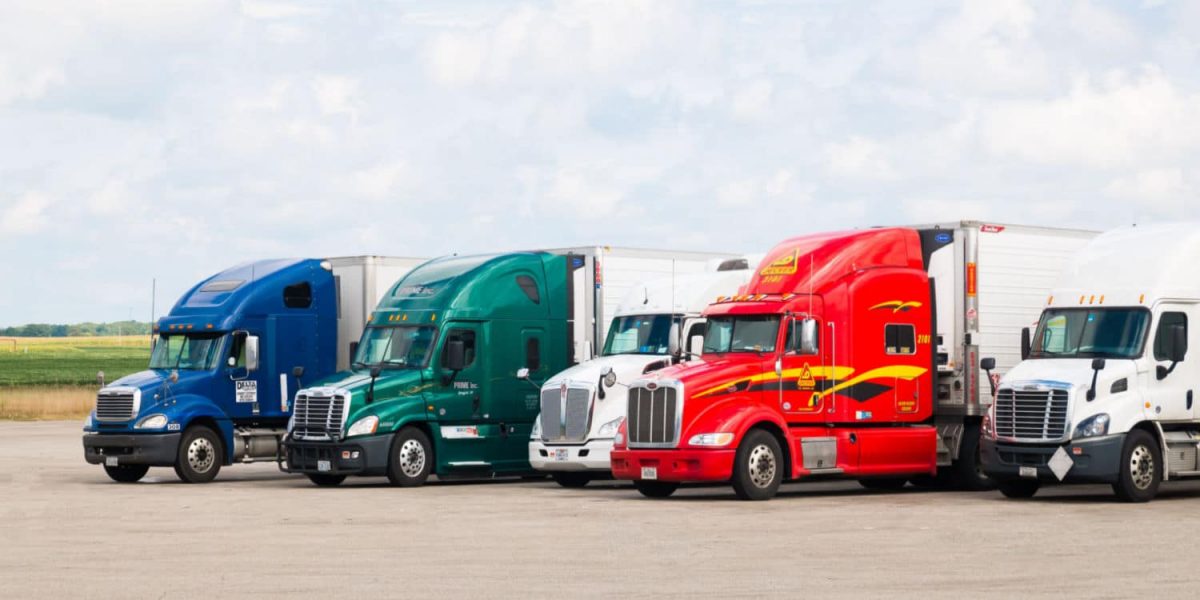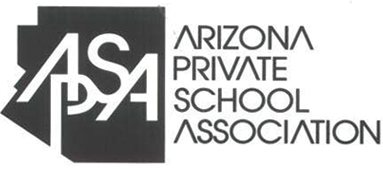Truckers keep our nation moving and deliver freight across the country. This is a stable industry with year-round work, which means drivers are out on the road throughout the seasons. However, certain types of freight are impacted by seasonal cycles. Different parts of the year also have unique challenges in terms of safe driving. Being aware of how trucking changes through the seasons can help you better prepare for the year.
Late Winter/Early Spring
January through March is typically the slowest season for the trucking industry. The holidays have ended and the new year generally brings a bit of a lull in freight volume, although this is more pronounced in certain industries than others. You may be able to take home time more easily, although you should still expect steady work unless you are in a highly seasonal job.
Roads are still icy from winter, so you need to be sure you are prepared for this. Have emergency supplies in case you need to stop due to bad weather and plan ahead for potential delays. Drive slowly and carefully and pay close attention to weather forecasts.
Late Spring/Early Summer
As spring arrives, freight volume tends to increase. This is especially prevalent in the produce industry, but many different types of carriers will see the effects, especially if produce in the region takes up a lot of available trucks.
This tends to be an easier season in terms of driving, at least as it relates to the weather. However, you may notice more cars on the roads as summer break begins. Plan for traffic, especially near tourist destinations and big cities. Heat can also affect your truck depending on the region you are driving through.
Late Summer/Early Fall
August through October is the peak season for trucking as companies across multiple industries are preparing for the holidays.
This is still an easy season as far as weather goes, although you should still plan for some heat and traffic as summer wraps up.
Late Fall/Early Winter
From November to December, the holiday season is in full swing. You can expect high demand during this time, especially as companies prepare for holiday closures and as some trucks are off the road while drivers enjoy time with their families.
Again, staying prepared is essential during the winter to make sure you can safely drive through snow and ice.
Prioritize Safety Year-Round
No matter what season you are driving in, keep in mind that you should always focus on defensive driving and staying safe. Even if the weather is great and traffic is mild, you still need to be paying close attention on the road.
Become A Trucker
If you’re interested in an essential job with stable demand, HDS Truck Driving Institute (HDS truck driving school) can help you become a truck driver. We offer commercial driver’s license (CDL) training and our program can get you on the road in as little as four weeks.






















